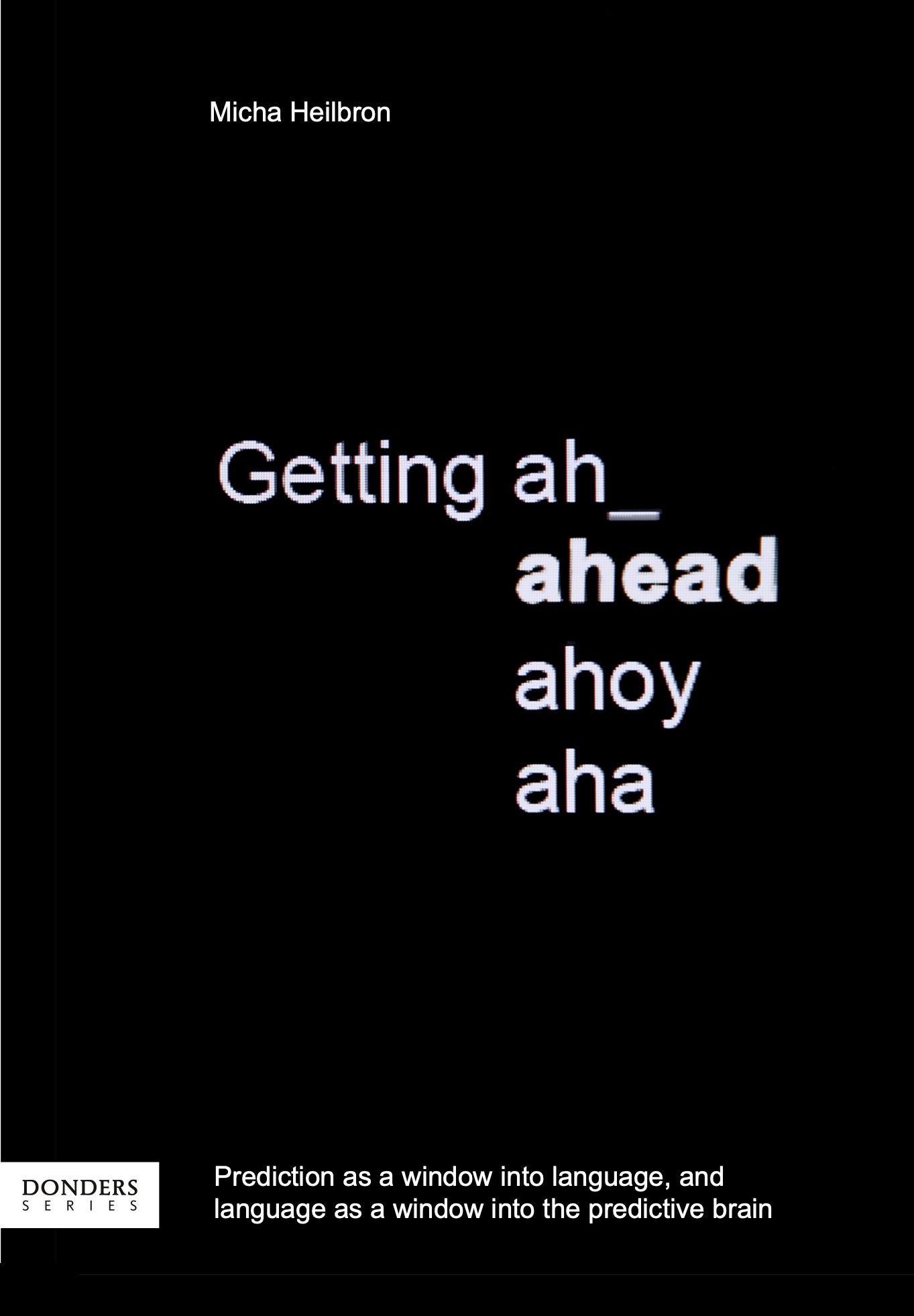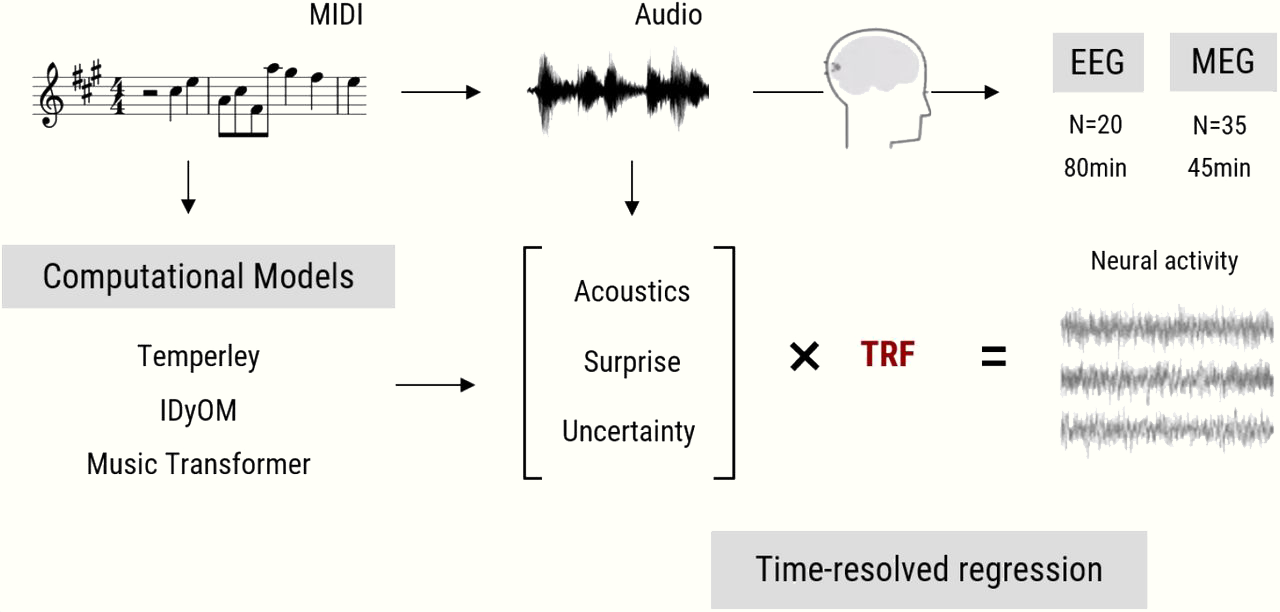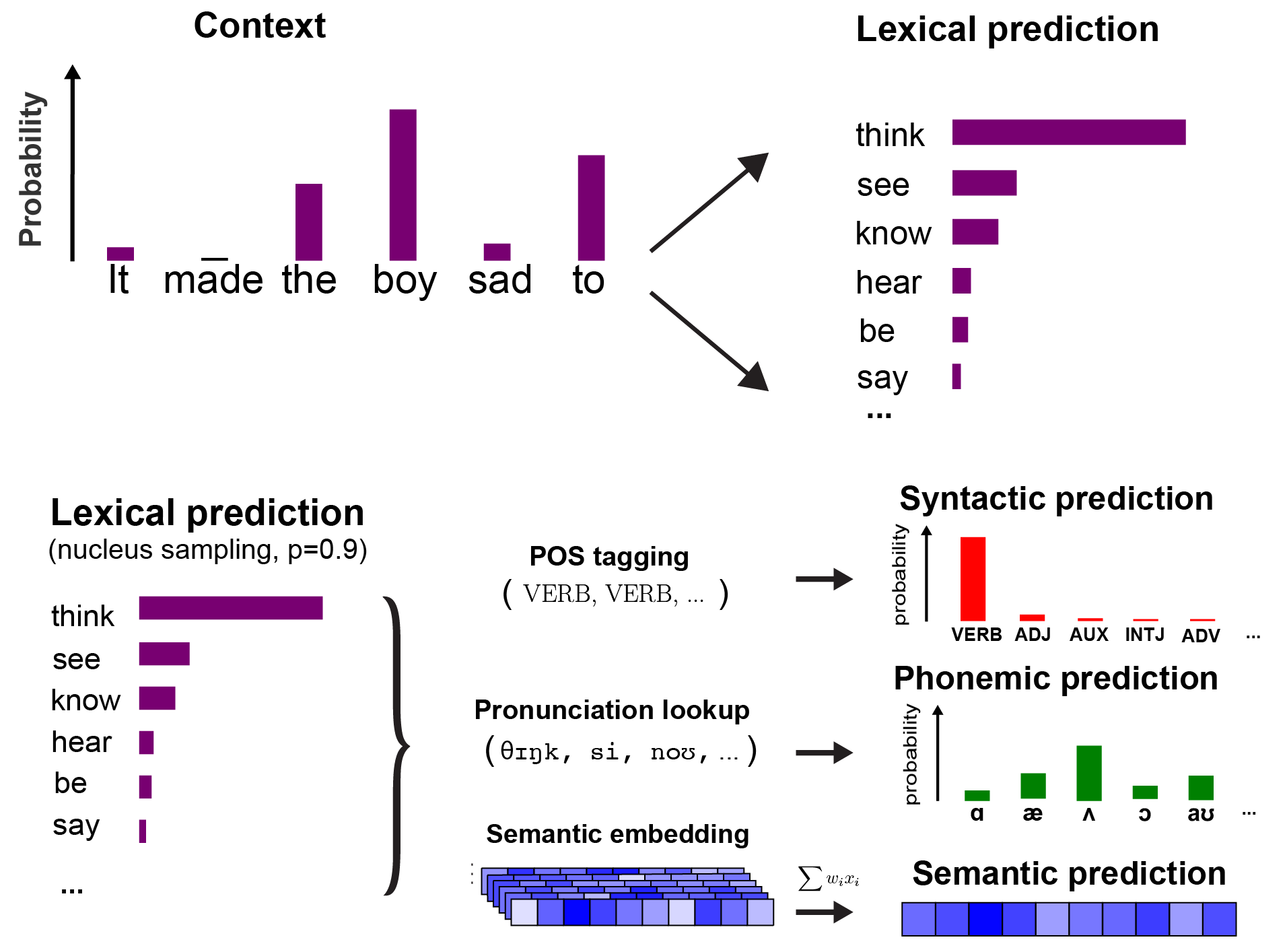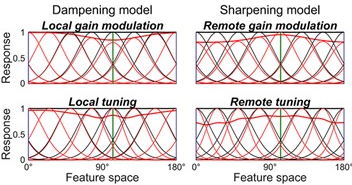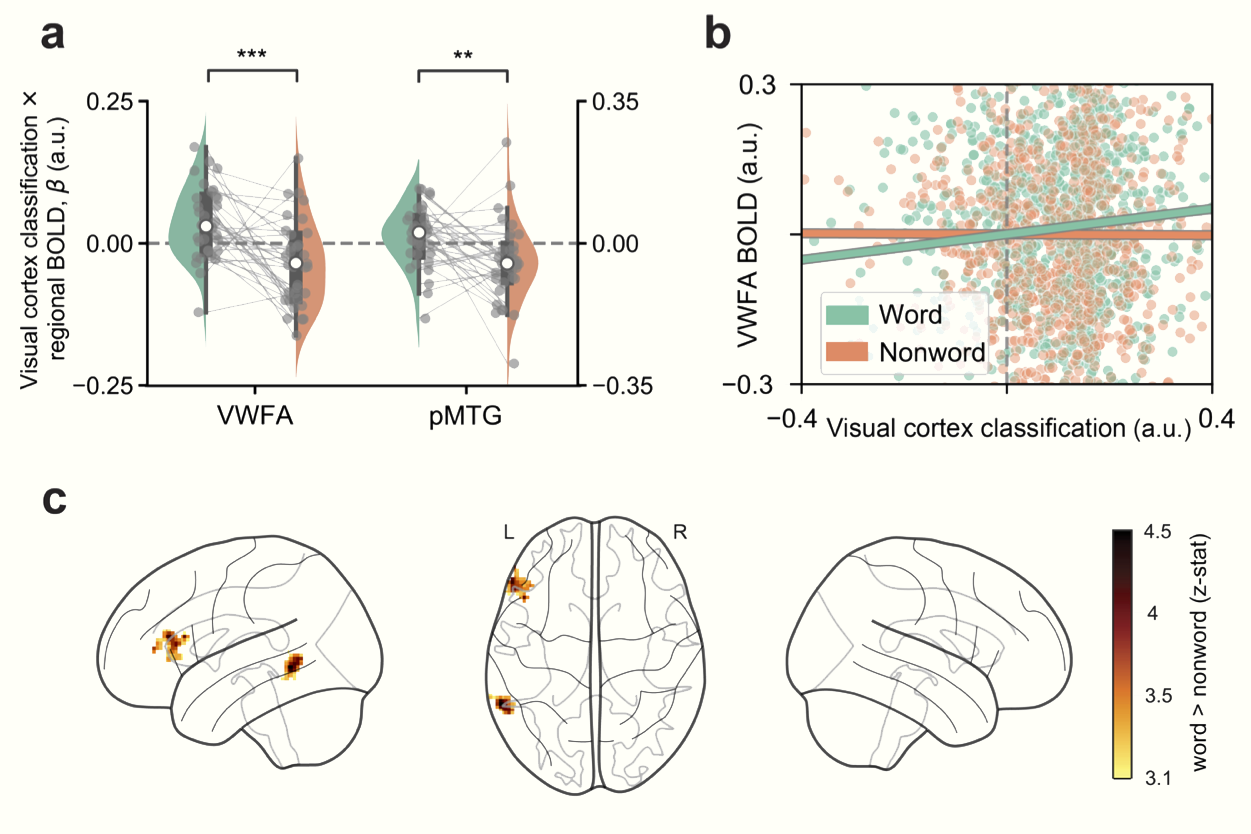Dampened sensory representations for expected input across the ventral visual stream
Expectations, derived from previous experience, can help in making perception faster, more reliable and informative. A key neural signature of perceptual expectations is expectation suppression, an attenuated neural response to expected compared with unexpected stimuli. While expectation suppression has been reported using a variety of paradigms and recording methods, it remains unclear what neural modulation underlies this response attenuation. Sharpening models propose that neural populations tuned away from an expected stimulus are particularly suppressed by expectations, thereby resulting in an attenuated, but sharper population response. In contrast, dampening models suggest that neural populations tuned toward the expected stimulus are most suppressed, thus resulting in a dampened, less redundant population response. Empirical support is divided, with some studies favoring sharpening, while others support dampening. A key limitation of previous neuroimaging studies is the ability to draw inferences about neural-level modulations based on population (e.g. voxel) level signals. Indeed, recent simulations of repetition suppression showed that opposite neural modulations can lead to comparable population-level modulations. Forward models provide one solution to this inference limitation. Here, we used forward models to implement sharpening and dampening models, mapping neural modulations to voxel-level data. We show that a feature-specific gain modulation, suppressing neurons tuned toward the expected stimulus, best explains the empirical fMRI data. Thus, our results support the dampening account of expectation suppression, suggesting that expectations reduce redundancy in sensory cortex, and thereby promote updating of internal models on the basis of surprising information.
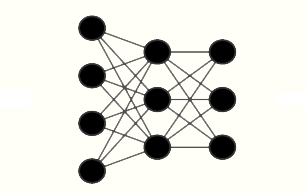 Language Models That Accurately Represent Syntactic Structure Exhibit Higher Representational Similarity To Brain ActivityProceedings of the Annual Meeting of the Cognitive Science Society 2024
Language Models That Accurately Represent Syntactic Structure Exhibit Higher Representational Similarity To Brain ActivityProceedings of the Annual Meeting of the Cognitive Science Society 2024 Lexical processing strongly affects reading times but not skipping during natural readingOpen Mind 2023
Lexical processing strongly affects reading times but not skipping during natural readingOpen Mind 2023